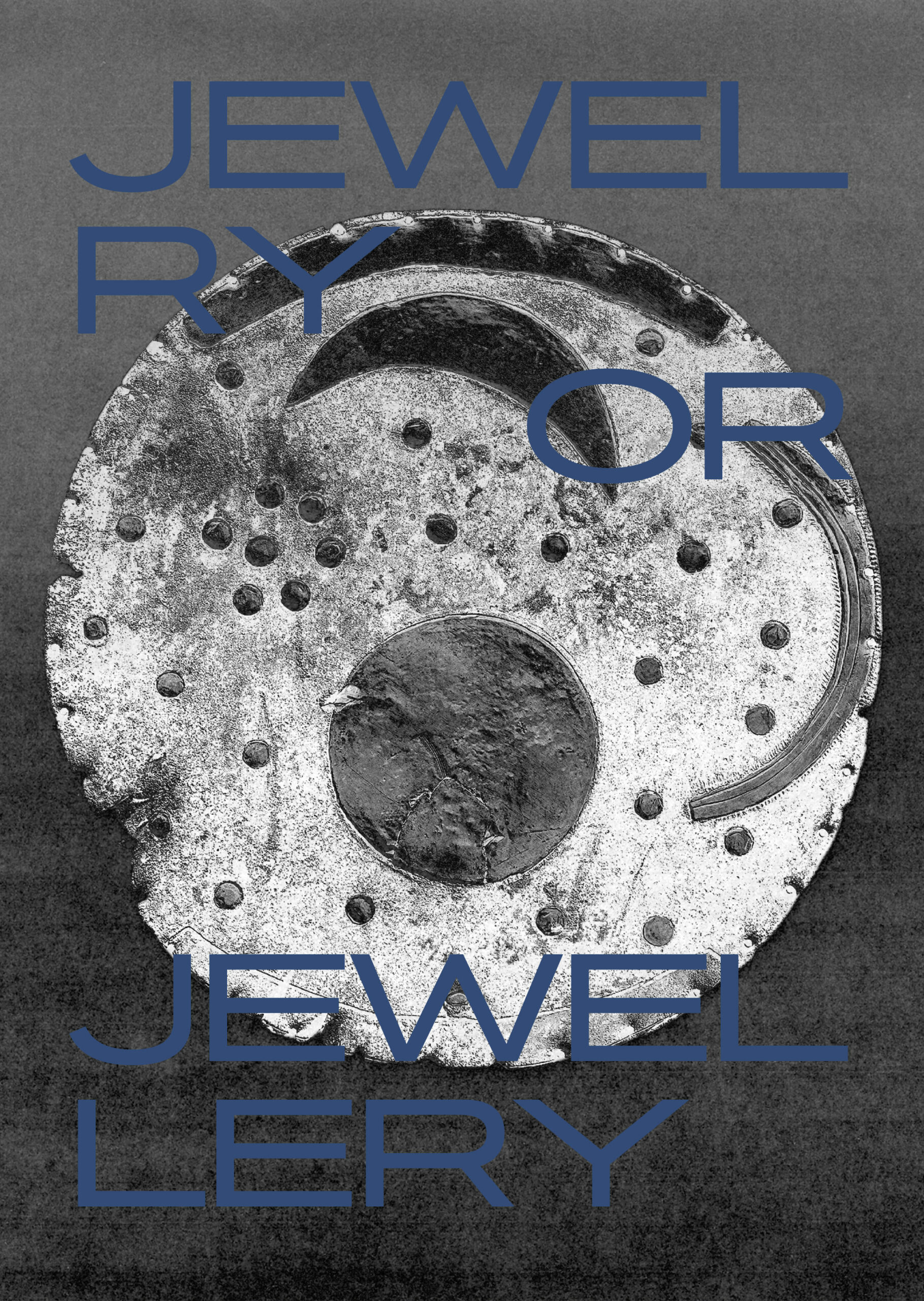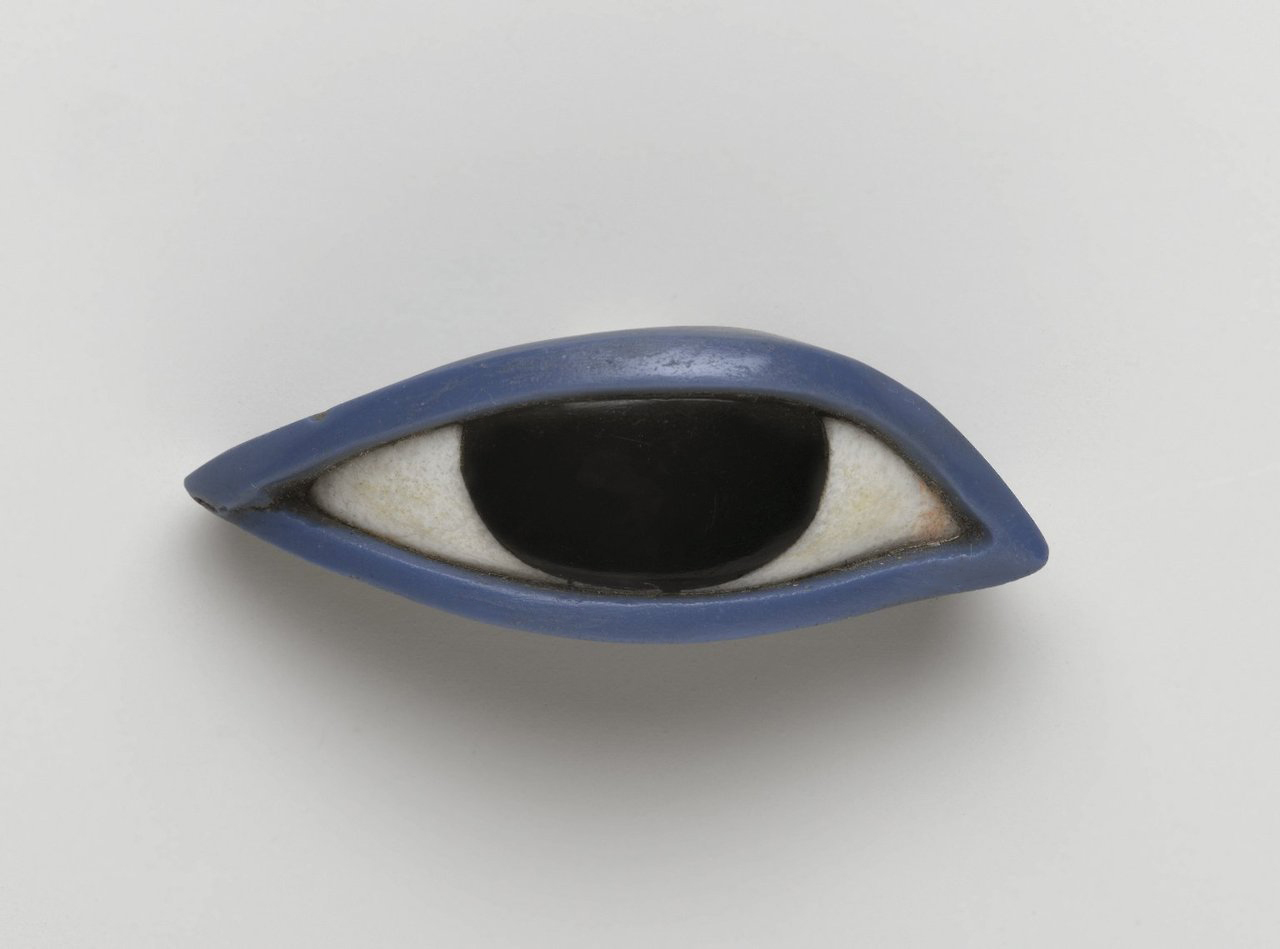Other objects found in the tomb include Hathor decorated gold, silver and glass mirrors. The tomb was exquisitely furnished, although none of the three queens were adorned with vulture-themed headdresses common amongst senior queens.
King Thutmose III himself is known by historians as the “Napoleon of Egypt” as he was a force to be reckoned with who led Egypt on a trajectory of becoming a conquering nation. Only a few months after taking the reign, Thuthmose III commandeered an army of 20,000 into Megiddo, lo-cated in modern-day Israel—and better known by its Greek name, Armageddon. Scribes who trav-elled with King Thutmose III recorded every painstaking detail of the march to Megiddo, which be-came known as the Annals of Thutmose III.
Ancient Thebes, known as Waset to ancient Egyptians and Luxor today, was the capital of Egypt during the reign of the Middle Kingdom (2040 to 1750 B.C.) and the new Kingdom (circa 1550 to 1070 B.C.). It is home to some of the most profound landmarks of ancient history, honoring the living, the underworld and the realm of the gods.





